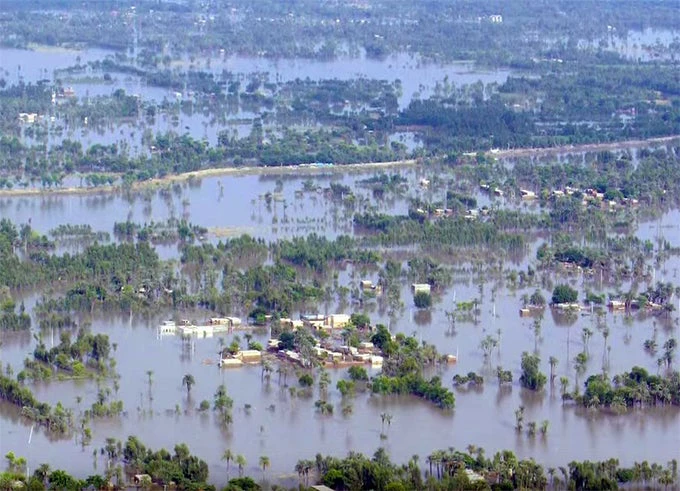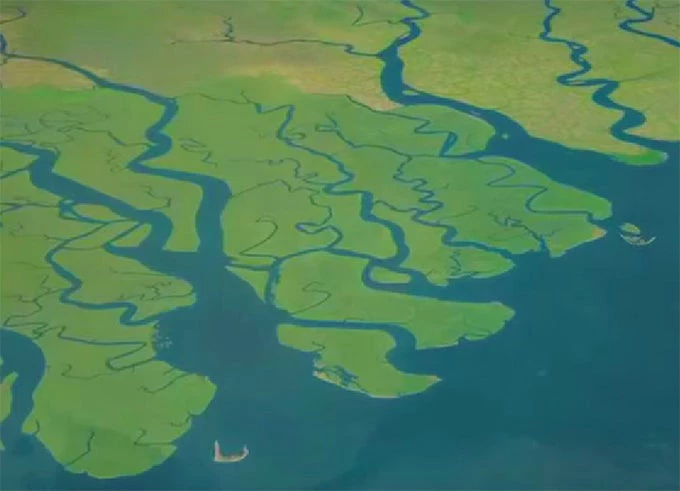Shrinking ice: A potential meltdown for South AsiaVIDEO: Learn how the shrinking of ice and snow environments will impact tomorrow’s world and require enormous adaptation efforts, including in South Asia. #ClimateChange #SeaRising
Posted by World Bank South Asia on Thursday, October 22, 2015

Halfway across the globe, in the South Asia region, another ice-snow regime is under threat, and although less scrutinized by the media, has the potential to trigger catastrophic economic and social consequences.
The Hindu Kush-Himalayan region is widely called the third pole and in this ice-snow regime of the third pole are the origins of three mighty rivers – Ganges, Brahmaputra and the Indus that indirectly support over 700 million people across South Asia.
The ice and snow regime is among the most fragile earth systems that will be impacted massively by a changing climate and the melting and disappearing of the three poles (the Antarctic, Arctic and high-altitude mountain glaciers) will in turn exacerbate sea level rise and extreme weather patterns.

The vulnerability of our planet’s ice and snow regime calls for combined and concerted efforts towards better understanding the rapid change being witnessed and the potential cascading impacts of these changes on other linked natural systems of our planet.
Last November, the World Bank’s South Asia Unit for Disaster Management and Climate Change, GSURR co-hosted the conference “ Communicating the Science and Impacts of Fundamental Earth System Change: A Focus on Ice-Snow-Water” (report here.) Participants ranged from US and international scientists, government officials, media experts, and public and private sector representatives, all with a common goal to make climate change scientific discussions more accessible to the public.
Watch this video to learn how the shrinking of ice and snow environments will impact tomorrow’s world and require enormous adaptation efforts:
How shrinking ice and snow environments will impact tomorrow’s world
Stay tuned for more blogs on the effect of climate change in South Asia and the rest of the world. You can now get started by reading my colleagues’ Why climate change is an existential threat to the Bangladesh Delta


Join the Conversation